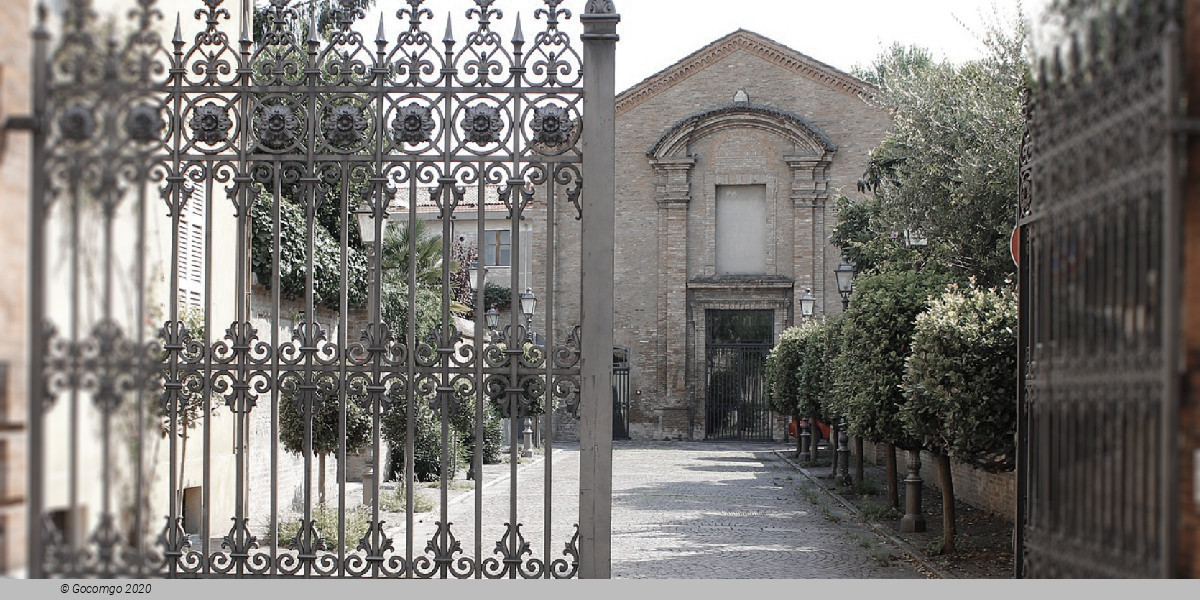Teatro Rasi (Ravenna, Italy)
Teatro Rasi

This small theatre was built in the last decade of the nineteenth century in the former monastic church of Saint Clare, commissioned in 1250 by Chiara Da Polenta and suppressed by Napoleon’s edict in 1805.
The church was decorated with beautiful fourteenth-century Riminese school frescoes. They started peeling off around 1950 and, after long vicissitudes, are now preserved in the National Museum of Ravenna. Like other former places of worship, St. Clare, granted on lease to Baron Pergami della Franchina, in 1823 was turned into a “riding school”. It was a riding school up until 1885 and, for a decade, was also a location for equestrian shows. Purchased by the Town, the building was granted to the Filodrammatica Academy to turn it into a theatre, since the Academy’s original location (the “Bertoldi” in via Alberoni) was no longer available. It was inaugurated on 8 May 1892 with the comedy, “The Deputy from Bombignac” by Alessandro Bisson, and a monologue written by the famous actor from Ravenna, Luigi Rasi. In 1919 the theatre was named after him. For many years it held operetta and chamber music performances, mostly by local companies and artists. Then, after drastic restructuration works in 1959, it remained closed until 1978. When it finally reopened, the Rasi looked more like a movie theatre rather than a real theatre, but the apse, preserved and much appreciated by directors and set designers, remains a rare and precious element of its history. Since 1991 it is managed by Ravenna Teatro-Teatro Stabile di Innovazione, a cultural establishment resulting from the merger of Teatro delle Albe and Compagnia Drammatico Vegetale. It is also the location of student workshops, the famous “Non-Scuola” (Not a School) by Marco Martinelli, and it has devoted significant attention to the cultures of ethnic minorities and other cultural events. It welcomed Ravenna Festival for the first time in 1990, on July 3rd, with the Beethoven Quartet in the late evening of the first edition of the Festival, and has since been one of its main venues.


